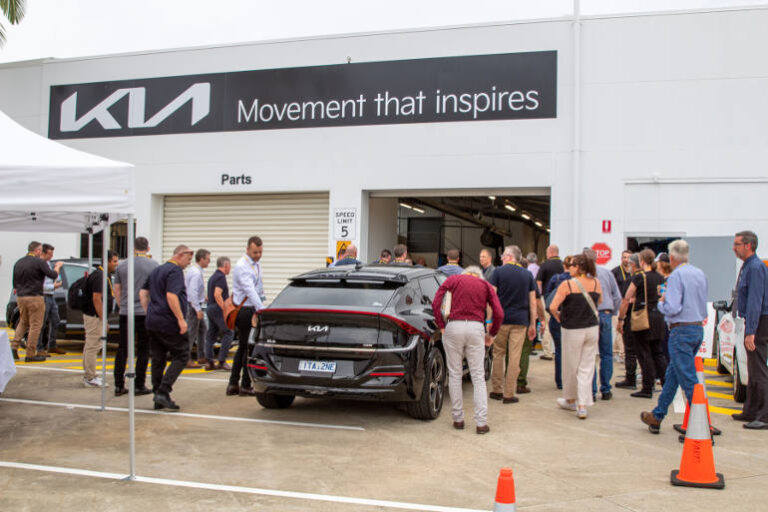A survey of fleet managers by the Australasian Fleet Management Association (AfMA) shows that more than half of those surveyed have plans to introduce electric vehicles (EVs) into their fleets in 2023.[1]
While that suggests the exciting task of looking at what models are suitable and available, one of the first things an organisation needs to do is engage employees to ensure a smooth and positive experience for all involved.
“Transitioning to EVs is one of the biggest change management pieces that we’ve seen in our industry in recent history,” said Anthony Perri, General Manager of Sales and Client Relationships at Interleasing, the fleet business of listed salary packaging and asset services group McMillan Shakespeare.
“To help employees embrace the change, it’s really important to involve them. Without informing, collaborating and gauging employee sentiment, they may not understand the transition, because they haven’t been brought along on the journey.”
Perri said the Federal Government’s introduction in late 2022 of the fringe benefits tax (FBT) discount for eligible EVs bolsters the case for driver-allocated EVs.
“We’re seeing an acceleration in inquiries from the FBT exemption being passed,” said Perri, adding, “It basically means that anybody that has a driver-allocated fleet vehicle doesn’t pay FBT on certain EVs. So it has created a flurry of activity and interest in EVs.”
This increase in EV uptake has widened experiences that in turn helps educate new users.
“The conversations and strategies have really evolved in the last six months in particular, and with that comes a lot more case studies to share,” said Perri.
When should employee engagement begin?
Perri said the conversations with employees can begin at any time and certainly early in any organisational discussions around environmental and sustainability goal setting.
The first thing to educate employees on is why the organisation is embarking on the transition to EVs, to help them understand how it fits in with the organisation’s broader strategies, said Perri.
An internal survey can reveal how much employees already know about EVs and their propensity for a switch to EVs. Crucially, it will also ascertain the residential landscape of employees who may be eligible for business vehicles — do they live in free-standing homes with capacity for their own dedicated EV charger units? Do they live in an apartment? Do they have a garage? Etcetera.
Interleasing has encountered a wide range of scenarios by working to transition its own employees over to EVs.
“We made the decision internally that we need to immerse ourselves in the world of EVs and experience first-hand what the user experiences, and what were the obstacles and the challenges.
“So we basically went and bought, as I’ll call it, a box of chocolates, a bunch of different EVs our internal stakeholders could experience as a part of their operational duties,” said Perri, adding the range of vehicles included BYD, Kia, Nissan, MG and Tesla. Interleasing also engaged a variety of charging providers, of both hardware and software, and managed installations in work premises, homes and strata units.
The feedback from employees on usability of certain vehicles, issues or configurations, range anxiety, charging infrastructure, how reimbursements are calculated, and so on, gave Interleasing the learnings to help clients also make the journey.
Interleasing recently updated its EV transition guide: “A roadmap for the transition to EVs”. The guide sets out a three-step framework for fleet electrification:
- Assess where you are now — including getting employees on board;
- Achieve what you can today — such as identifying charging solutions; and,
- Be ready for what’s next — having a plan to manage change and measure progress.
Download Interleasing’s roadmap for creating your EV solution here.
[1] Australasian Corporate Fleet Insights Report, June 2022






